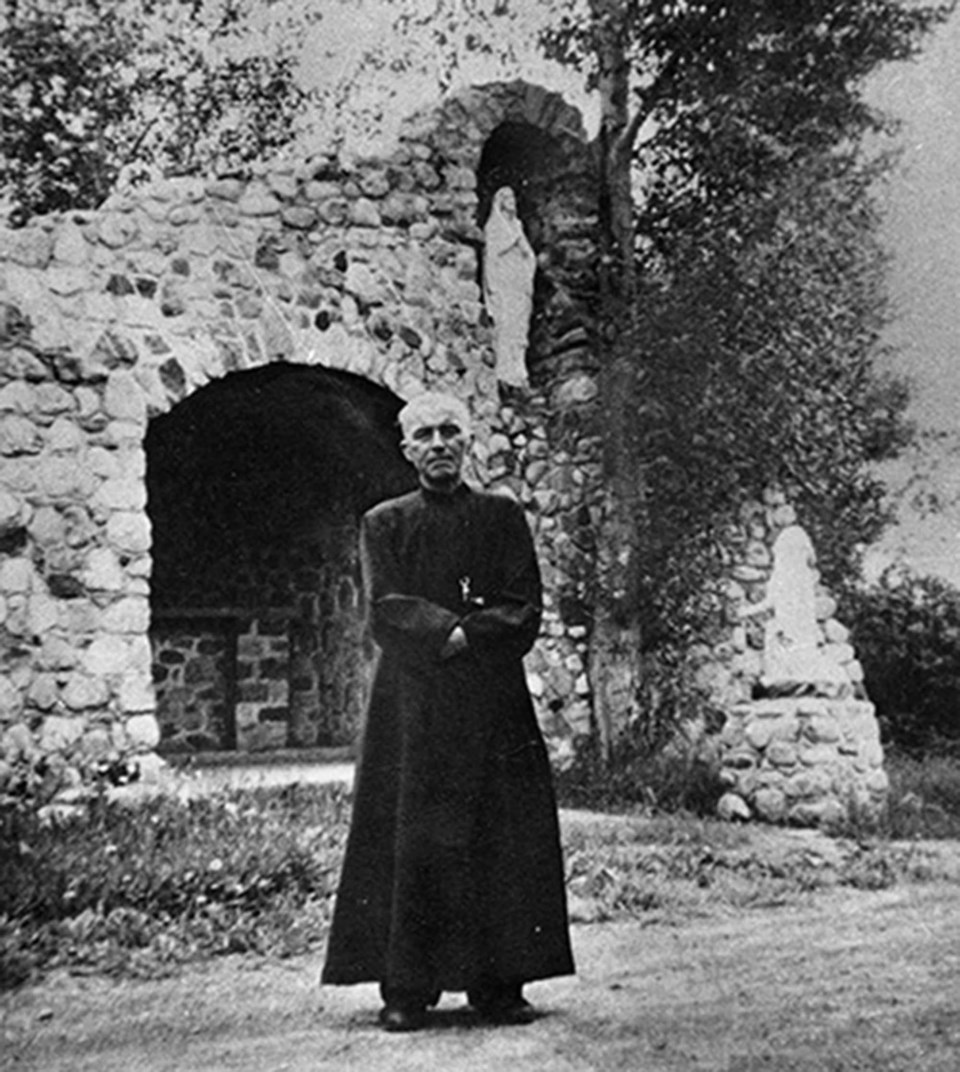As more Ukrainian refugees come to St. Albert and to Alberta, the staff at the Musée Héritage Museum are hoping more and more to hear from them and learn their stories.
On Thursday, the cultural institution invited members of the public to help it expand its Slavic St. Albert Exhibition. The exhibit is being updated after it was originally created in 2011 as part of a research project.
Historian Michal Mlynarz researched the backgrounds of local families with Eastern European heritage and documented several stories of people fleeing danger in Ukraine, Poland, and Belarus in the early 1920s during the Polish-Soviet War over control of Eastern Galacia.
Many made their way to Canada, and eventually settled in St. Albert and the surrounding region. Following the Second World War, a new wave of Slavic immigrants began to take advantage of the emerging opportunities in St. Albert.
“The stories are amazing and demonstrate the fortitude of the people who are caught in the middle of conflict,” offered museum director Shari Strachan.
“Many were forced by circumstances, related to conflicts arising around them, to continuously keep moving, walking long distances, and hiding from enemy soldiers just to survive and make their way to other parts of the world, like Canada, for a fresh start. Like those in the 1920s, the Slavic people that also came to Alberta over the last several decades have made significant contributions to the communities where they settled."
They include people such as Brother Anthony Kowalczyk, who was the first Polish Oblate of Mary Immaculate to live and work as a missionary in Canada.
As Russian attacks on Ukraine have resulted in an exodus of people looking to establish new lives in peace here in Canada, they bring their stories with them. In doing so, they also become part of the new social fabric of life here in North America. Their stories are now part of the story of this city.
“We want to share their stories, especially now, so that we can all better understand their adversity and be sensitive to the current refugees fleeing Ukraine and heading to our community,” said Strachan.
Museum staff members have updated the exhibition that is partially on display for in-person visitors to the history gallery, with the full exhibit available online on the museum's website at museeheritage.ca. It will continue to be enhanced with story and photo submissions from the public.
Anyone wishing to share their stories of settling in the capital region after coming to Canada from instability in an Eastern European country is encouraged to submit online, email [email protected], or to call 780-459-1528.




